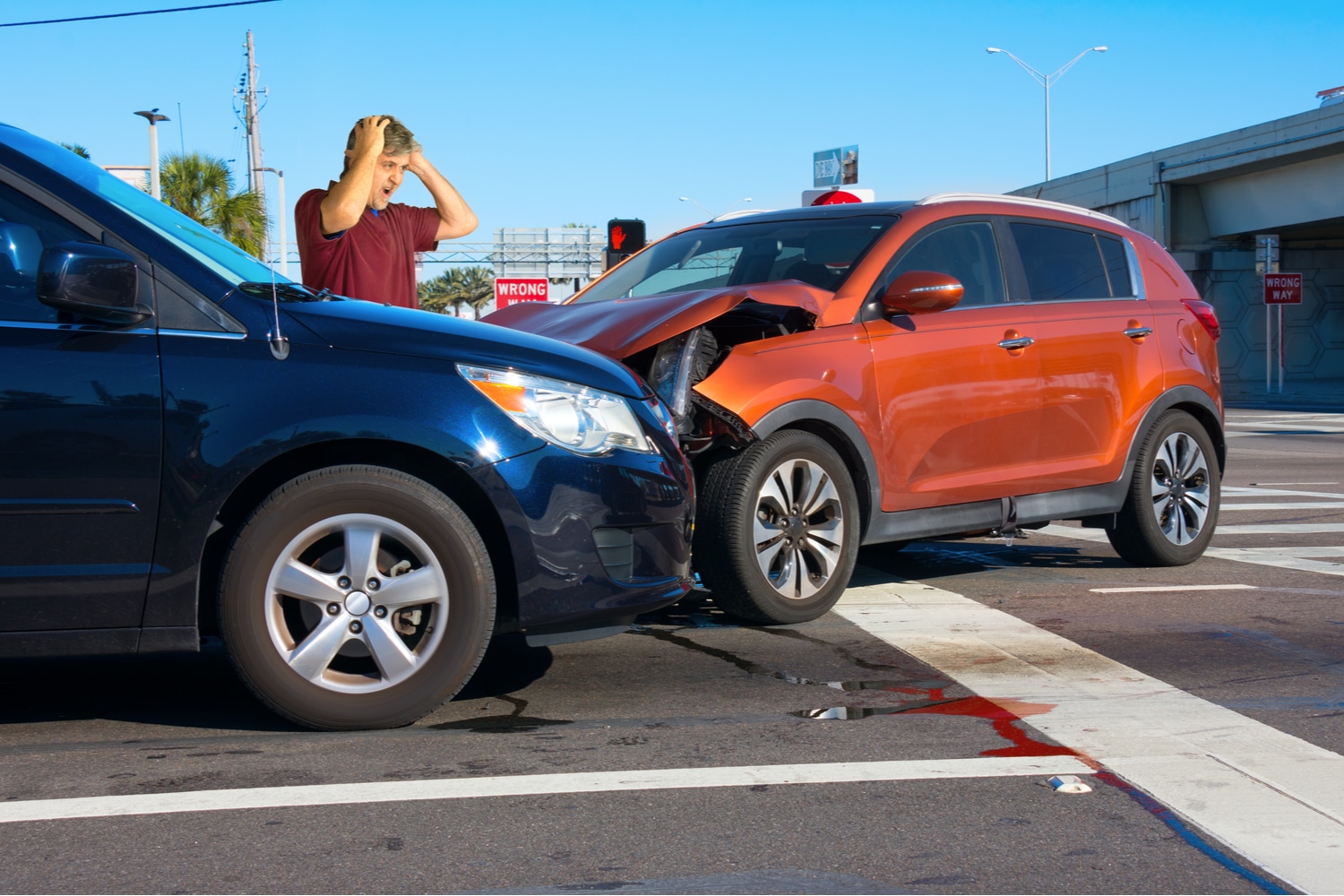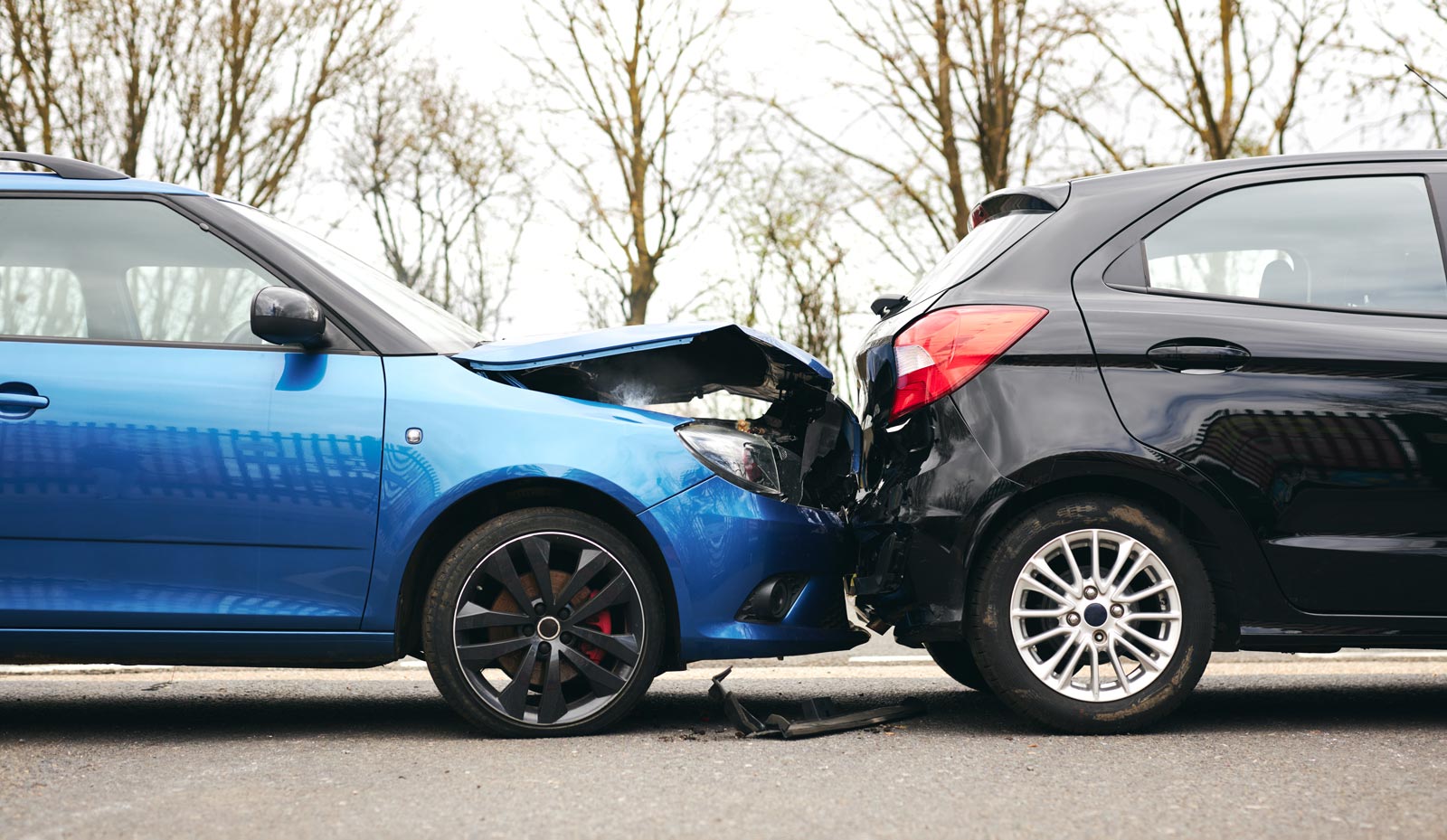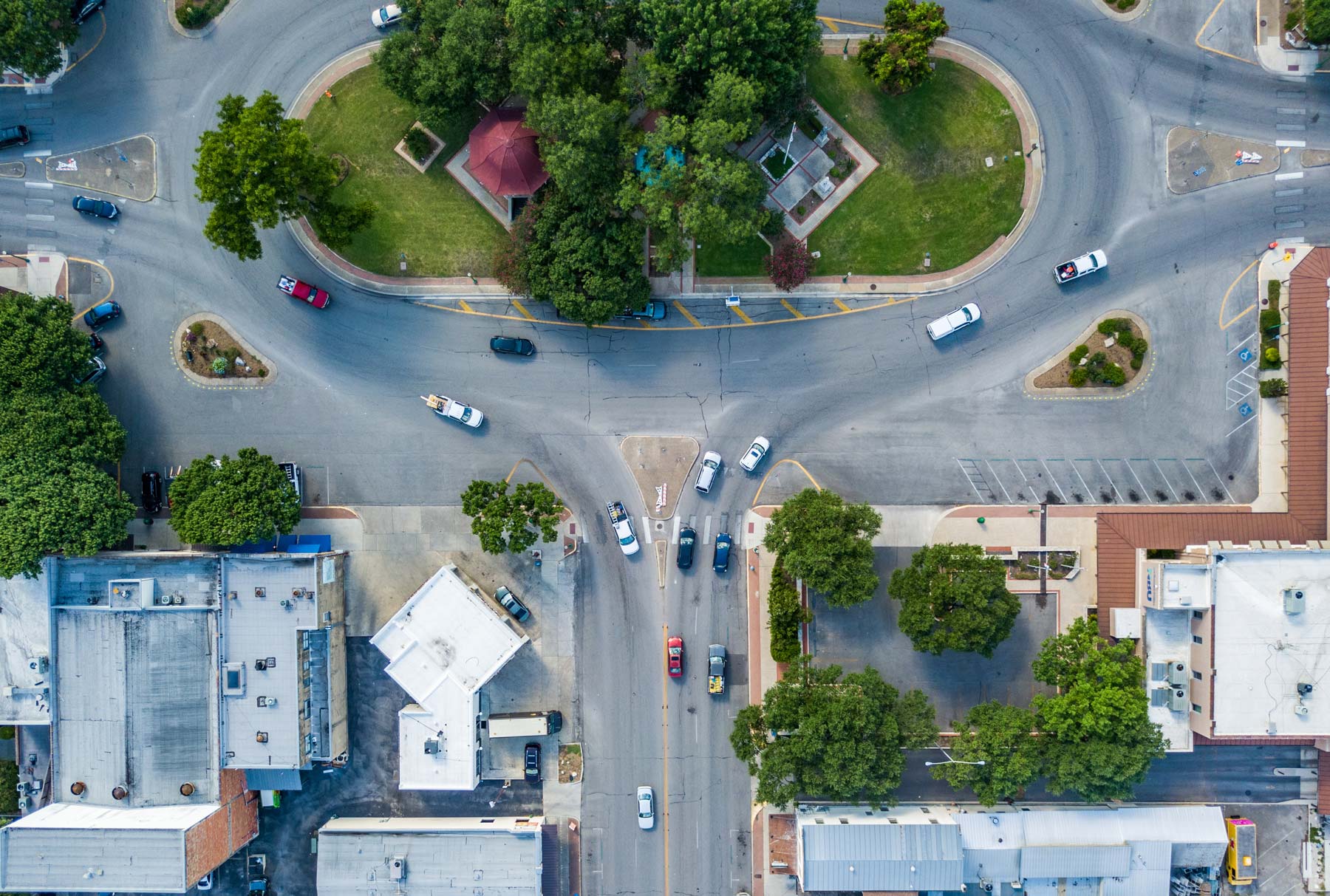With more than 683,000 miles of roads, Texas has more streets, highways, and byways than any other state in the country by nearly 300,000 miles, according to the U.S. Department of Transportation.
All that mileage also means lots of intersections—and intersections are where more than half of fatal and injury-causing crashes occur nationwide. One major factor that contributes to many of these accidents on Texas roads is failure to yield.
Yielding is the practice of giving right of way to other traffic. In practice, that means things like stopping at traffic lights, waiting at a blinking red light in a left turn lane, or coming to a complete stop at a blinking red light or stop sign. It also means slowing appropriately before moving when approaching a yield sign.
What Are the Traffic Laws in Texas Regarding Failure to Yield?
Right-of-Way Basics
In general, Texas law typically requires that drivers (unless directed by a police officer or “traffic control device” like a traffic signal or sign) yield the right of way to any other vehicle that is in an intersection, or is approaching the intersection closely enough that crossing would be a hazard.
When approaching a roadway that doesn’t have a sign or light, the rules can be a little trickier for motorists to understand. Some examples of specific directions found in the Texas Transportation Code include:
- Yield if you’re on a one or two-lane road and crossing or turning onto a divided highway or road with three or more marked lanes.
- Yield if you’re on an unpaved road and crossing or turning onto a paved road.
- Yield if you’re on a road that terminates at the intersection (T junction).
- If you’re turning left, you must yield to through traffic until you can safely complete your turn.
- At an all-way stop in which cars arrive at the intersection at the same time, yield to any cars on your right.
- Always yield for pedestrians, even those who are not crossing the road legally.
When people driving cars or trucks fail to properly yield, they can cause accidents with people who may not be at fault and cause serious injury or death.
RELATED: A Breakdown of Left Turn Scenarios: The Importance of Keen Attention
Who Is Financially Responsible for Injuries Caused by a Failure to Yield?
Texas has a fault-based personal injury system. When someone’s negligent actions cause a car crash, you typically can file a claim with the insurance company or a lawsuit demanding compensation for your medical bills, lost income, property damage, and other losses.
For example, our lawyers represented Natalie in a failure to yield claim. She had been driving straight through an intersection when another driver turned left on a flashing yellow light—hitting Natalie’s vehicle head-on. The police placed the blame fully on the distracted, impatient driver. However, Natalie was left with tens of thousands in medical bills and life-changing injuries.
Thankfully, we negotiated two settlements for Natalie—one with the at-fault driver’s insurance company and another with her own personal injury protection (PIP) policy.
Some cases are clear-cut. If you were following all of Texas’ rules of the road and another driver crashes into your vehicle after running a red light, they are likely liable. However, many cases are not so cut and dry.
RELATED: Crosley Law Gets an Injured Mom the Compensation She Deserves
Modified Comparative Fault Laws in Texas
Car crashes often have multiple causes. One driver might have been speeding and the other ignored a yield sign. In these cases, Texas’ modified comparative fault rule applies.
When more than one party involved in a car crash shares the blame, the amount of damages you can recover will be proportional to their degree of fault. For example, if a court finds that you were 25 percent at fault in a failure to yield accident and the other driver was 75 percent at fault, you will only be able to recover 75% of the claimed damages.
However, if you were more than 50% responsible for accident that caused their injury, you cannot recover any compensation.
When more than one party involved in a car crash shares the blame, the amount of damages you can recover will be proportional to their degree of fault.
Sometimes, insurance companies try to reduce a crash victim’s compensation by exaggerating their degree of fault. So, do not assume that the other driver’s insurer has the right breakdown when it comes to fault. Instead, consult with an experienced personal injury lawyer who can investigate your claim and carefully assess your case.
RELATED: How Does Texas Deal With Contributory Negligence?
Common Injuries in Failure to Yield Crashes
Unfortunately, crashes that result from failure to yield violations can lead to serious injuries or death. Common types of crashes that result when an at-fault driver fails to yield include head-on and side impact (T-bone) collisions, where the strong, heavy engine compartment of one car impacts the thinner, less reinforced side panels of the other.
In these potentially devastating side impact crashes, almost 50 percent of injuries occur to the chest or abdomen, 24 percent to the head and face, 14 percent to the pelvis or lower extremities, and 4 percent to the neck and spine.
However, when accidents are severe enough to cause a fatality, almost half of the time the injury is to the brain or the thoracic aorta, which is the largest artery in the body.
In general, common injuries from failure to yield include:
- Whiplash, from a rapid front to back or side to side motion of your head and neck.
- Other neck injuries or spinal cord injuries
- Shoulder, knee, or hip injuries from the side impact
- Brain injuries, which can be common if the injured person’s head hits the vehicle door or glass
- Crushing injuries and contusions
- Injuries involving lacerations (cuts) can be severe and lead to disfiguration due to broken glass
Many other personal injuries and death can also occur depending on the severity of the case.
RELATED: The Average Settlement for Car Accident Back and Neck Injuries
How Do I Prove the Other Driver Failed to Yield?
The police don’t always get the facts right at a crash scene—especially when it’s a “he said, she said” situation. In these cases, it’s best consult with a car accident lawyer right away. Our team frequently works with experts who can uncover the real causes of a car crash, including accident reconstruction specialists and engineers. However, the sooner we start working on your claim, the better.
Sometimes, evidence can disappear if you wait too long. Eyewitnesses’ memories might fade, or they might move out of state. Surveillance footage from nearby businesses or a commercial vehicle’s dashcam might get deleted. Physical evidence, like skid marks and debris trails will get cleaned up.
A Crosley Law Investigation Uncovers Negligence for a Grieving Family
Crosley Law has a long history of investigating complex car crash claims and recovering damages for people seriously injured or killed in these crashes.
We recently represented Amanda and her family after a semi-truck violently crashed into her small car. The promising young woman, a freshman in college, was killed in the violent crash.
The truck driver blamed her for the wreck—and Amanda couldn’t tell her side of the story because she died shortly after the collision. However, her friends and family could not believe that she had been driving recklessly.
Our car accident attorneys acted quickly, preserving GPS data and dashcam footage from the incident. The video proved without a doubt that the trucker had run a red light and caused the fatal crash. We also uncovered information showing that the driver had a significant history of reckless driving and that their employer hadn’t done enough to address the issue.
Armed with strong evidence, we negotiated a $9 million settlement for Amanda’s family. After paying their attorney’s fees and case costs, they received $5,330,050.22.
RELATED: A Grieving Mother Clears Her Daughter’s Name
Been in an Accident Where Someone Ran a Stop Sign or Stop Light? Call Crosley Law
If you or a loved one are injured in an auto accident where someone failed to yield, you should make sure you have the resources you need to protect yourself and recover compensation for your pain and suffering.
Crosley Law can help investigate your case and get you the compensation you deserve. Contact our trusted team of car accident lawyers and investigators for a free consultation and to discuss your case. You can call us at 210-LAW-3000 | 210-529-3000, or complete our simple online contact form.
References
Texas Transportation Code § 545.151 – 545.153
U.S. Department of Transportation—Federal Highway Administration. (30 September, 2020). Highway Statistics 2019—Functional System Lane-Length. Retrieved from https://www.fhwa.dot.gov/policyinformation/statistics/2019/hm60.cfm
U.S. Department of Transportation—Federal Highway Administration. (27 October, 2020). Intersection Safety. Retrieved from https://highways.dot.gov/research/research-programs/safety/intersection-safety
J. Augenstein, E. Perdick, J. Bowen, J. Stratton, M. Singer, T. Horton & A. Rao. (1999). Injuries in Near-Side Collisions. Annual Proceedings of the Association for the Advancement of Automotive Medicine, vol. 43, 139-158. Retrieved from https://www.ncbi.nlm.nih.gov/pmc/articles/PMC3400216/
The content provided here is for informational purposes only and should not be construed as legal advice on any subject.









